Part II
Information Capital Growth: Role of CAMP4ASB
However, it should be noted that combating the consequences of climate change implies first of all raising the level of understanding of these issues among decision-makers and specialists, as well as addressing the lack of adequate knowledge on this issue. Proceeding from this, the dialogue maintenance between all the Central Asian countries is very important since consolidation of efforts will allow the most effective eradication of the population’s illiteracy as it relates to the understanding climate change issues.
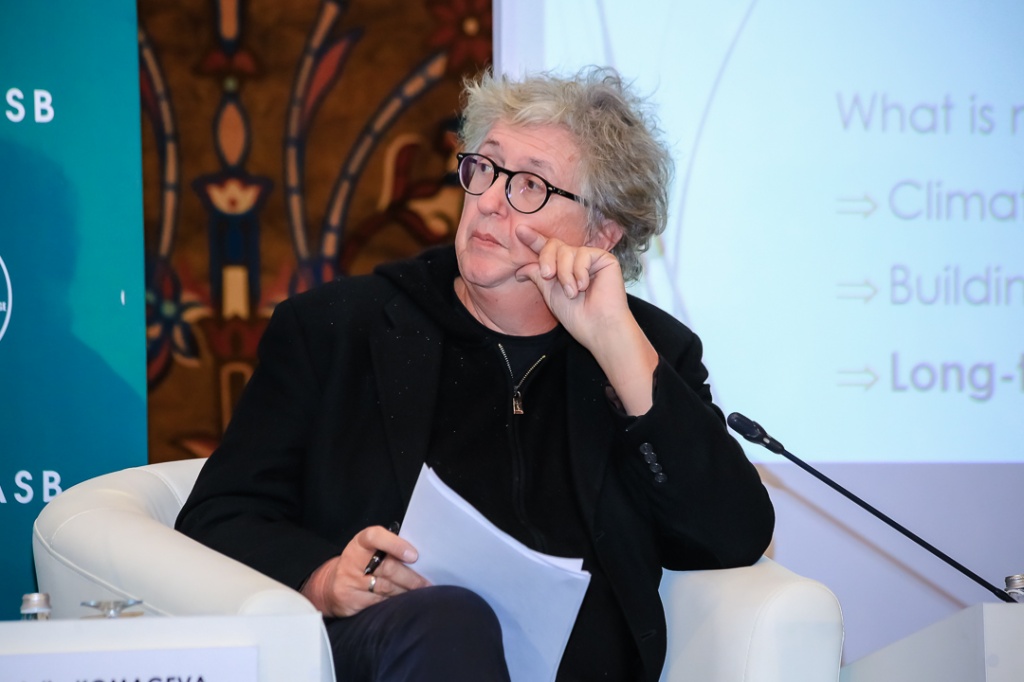
«One of the main issues is that we must present the results of scientific research on climate change in such a way that the information is understandable for the policy-makers, as well as to create a platform holding relevant data. In 2009 we conducted a study to explore the existing platforms with climate data in Central Asia and found out that there existed about 40 databases at that time already...»
Henry Wyes, Senior Advisor to CAREC
For example, an interactive map of the best practices on the use of water and energy resources for the river basin management is available on the Eurasian portal "riverbp.net". The Portal’s purpose is also to support arrangement of participation of decision-makers in activities related to the water and energy resources. In addition, there is also a mobile application “Spatial Agent”, developed by the World Bank, which contains historical observations, precipitations level, climate change scenarios, and satellite data. However, the availability of such a large number of resources will only lead to data disparity and does not ensure information availability to different target groups.
In other words, in order to unite the efforts of various organizations and countries in the fight against climate change, CAMP4ASB (Climate Change and Mitigation Programme for the Aral Sea Basin) was initiated. It was launched in August 2016 for a period of 5 years. The Regional Environmental Centre of Central Asia is one of the project implementers in the region. It suggests that CAREC will play the role of mediator in Central Asia providing a platform for regular dialogue in the region. Under this project, in 2017, the organization conducted needs assessment for the new climate knowledge.
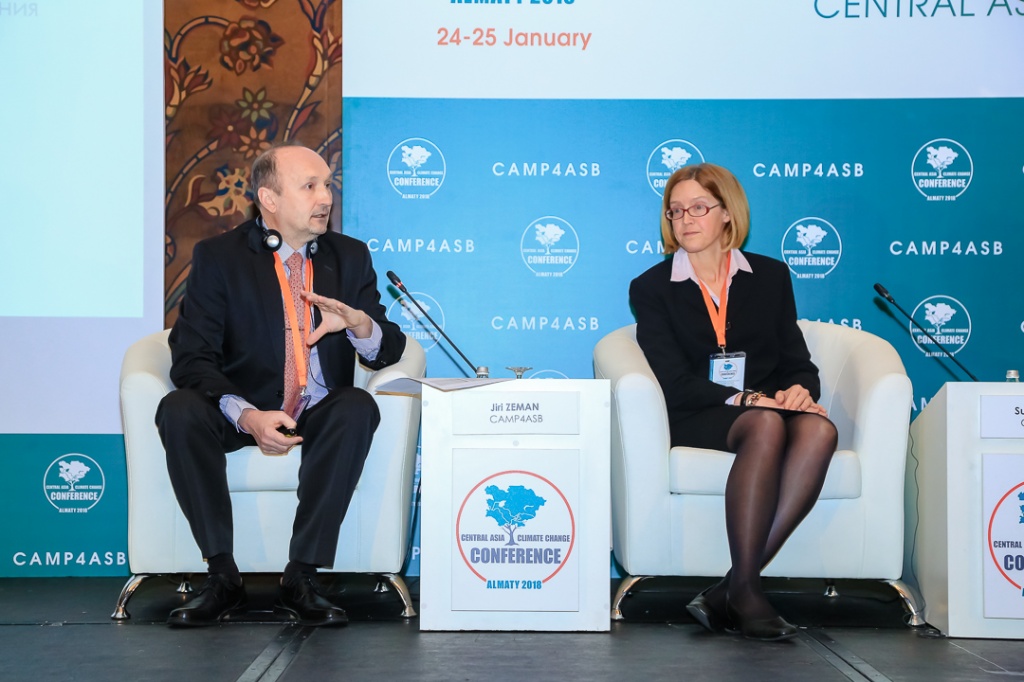
CAMP4ASB international consultants Jiri Zeman and Susan Legro, noted the following components necessary for creating the platform: information on climate change, services for communicating knowledge to the target audience, working for the long term and, financial resources.
The Conference noted the following main tasks and directions for the project:
● Combine the various scientific centres efforts, develop and adapt the new methods, approaches and tools.
● Increase the technical capacity of existing institutions and experts.
● Provide comprehensive information on the impacts of climate change on different sectors and areas.
● Increase investments in the climate sector.
The data obtained will allow undertaking a risk assessment and identify adequate adaptation measures. Research will provide comprehensive information, including:
● quantitative assessment of expected climate risks;
● economic losses and benefits analysis;
● key sectors vulnerability;
● ranged adaptation measures.
Going forward the project frameworks is also planned to support students in the climate change study at the regional level. Starting from this year the list of topics for participation in a research competition for undergraduate students (conducted by CAREC annually) has expanded significantly.
This way we see that CAREC, within the framework of initiatives such as CAMP4ASB, is trying to actively promote the scientific capital and technical capacity building in the field of climate change. The CAMP4ASB platform should become the main long-term information source on climate change for the Central Asian region.
Investments inflow into the green economy development
One of the main issues with respect to financing of climate projects in Central Asia is the lack of coherence between national projects and projects developed with the support and under the patronage of international financial institutions and donor organizations.
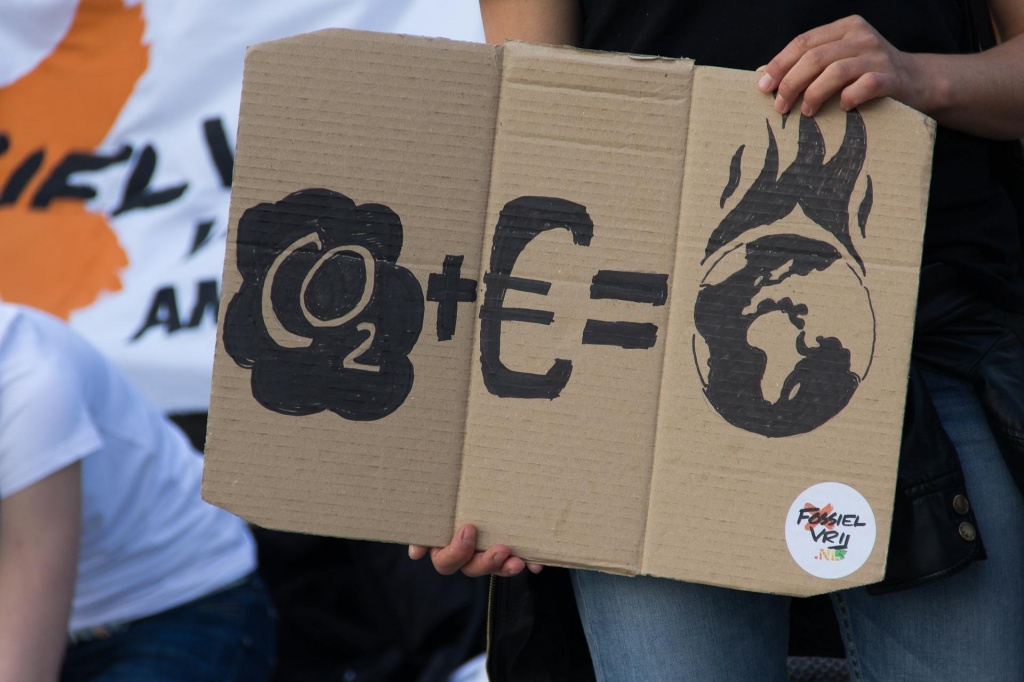
Furthermore, separate expenditure items for maintenance and adaptation to climate change have not been allocated in the national budgets of Central Asian countries so far. Therefore, specific attention was paid to the financing issue at the Central Asian Conference on Climate Change.
The provision of data on existing funding opportunities for the region needs is of particular importance when it comes to dealing with climate change outcomes. According to the Global Landscape of Climate Finance 2017 report published by the Climate Policy Initiative in October 2017, the volume of climate financing around the world in 2016 was about $383 billion.
Among the institutions specializing solely on green and climate financing, the Green Climate Fund, the Global Environment Facility, and the European Investment Bank should be specifically highlighted. According to projections by 2020 it is planned to allocate 100 billion US dollars for climate financing in developing countries which includes most of the countries in Central Asia.
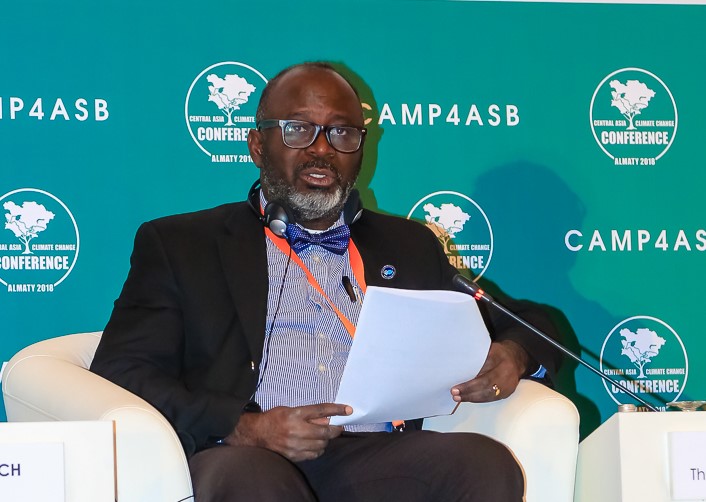
Mr. Ato Brown, the World Bank Country Representative in Kazakhstan, said that by 2020 28% of the bank's lending will be channeled to climate change mitigation. As a result we are seeing a trend towards carbon divestments - to withdrawing investments from the oil and gas sector and deprivng companies engaged in the extraction and processing of hydrocarbons from investment finance.
On this note Michail Yulkin, Director of the Centre for Environmental Investments mentioned the example of the American bank Goldman Sachs, which over the past 10 years has invested more than $ 65 billion in green energy and which as of 2015 completely stopped making any investment in coal mining.
According to Michail Yulkin "to limit the increase in the average temperature within 2°C as compared to the pre-industrial level, most of the hydrocarbons that have been explored since then should have never been extracted and claimed as fuel." At the conference Mr. Yulkin presented extensive factual and statistical data on climate finance. As it was mentioned France was the first country to declare the refusal to explore hydrocarbon raw materials. He also added that 7 countries are already banning the sale of new cars operating on internal combustion engines (ICE).
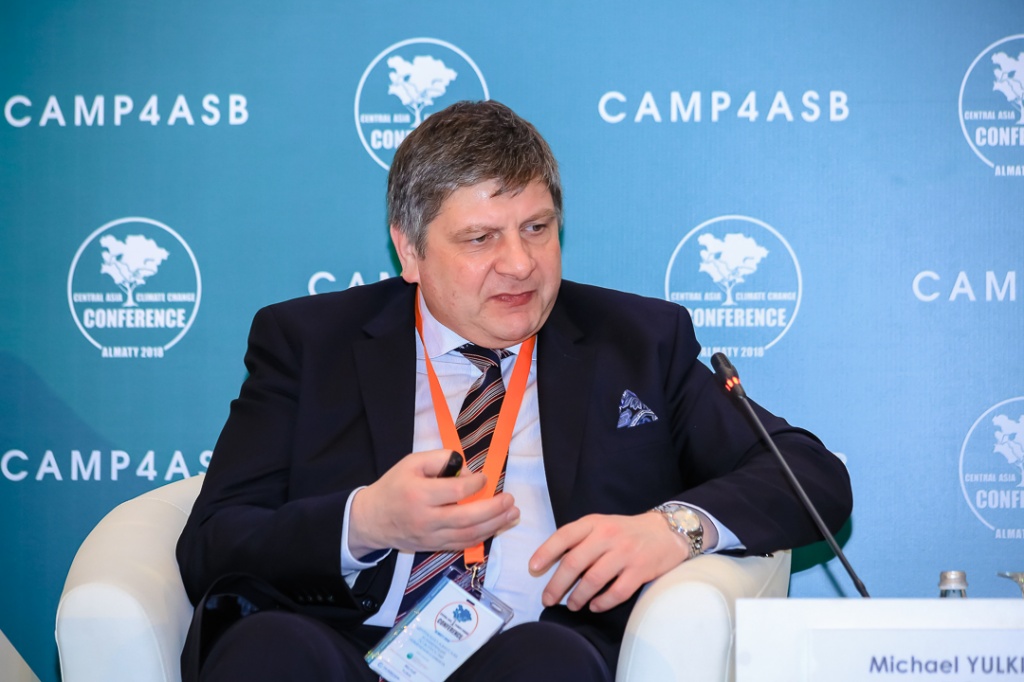
As M. Yulkin mentioned, within the framework of the RE100 international initiative more than one hundred largest companies including BMW, Facebook, Google, Microsoft, Nike and Nestle have committed themselves to providing their energy needs solely through renewable energy sources (RES). The RE100 initiative was based on the Climate Week in New York in 2014, in conjunction with the CDP (Carbon Disclosure Project) and The Climate Group. The timing of the transition to 100% use of renewable energy goal achievement varies depending on the goals set by the organizations themselves. So, for example, the fashion brand Burberry has committed itself to a full transition to RES by 2020.
«To date the Green Climate Fund has already approved 54 projects for a total amount of 2.65 billion US dollars, including a project for Tajikistan, aimed at increasing resilience to climate change in the hydropower sector. In October 2017, the Fund also approved a project for Kazakhstan for the total amount of 110 million US dollars, intended for the renewable energy sources development».
As far as climate investment funds are concerned, at present "Kazakhstan is represented by projects for 108.8 million US dollars (loans) in the Clean Technology Fund, and Tajikistan by projects worth 70.8 million US dollars in the Pilot Project on Climate Resilience". According to Nil Bird, the Institute for International Development representative, Kazakhstan has received the largest amount of financial resources in the region: 55%, followed by Tajikistan: 29%.
As for financing the Central Asian initiative CAMP4ASB, the World Bank has allocated 15 million US dollars for development of its regional component. In turn, for the development of their national components, Tajikistan received 9 million US dollars and Uzbekistan 14 million US dollars. The total budget for the project reached 38 million US dollars.
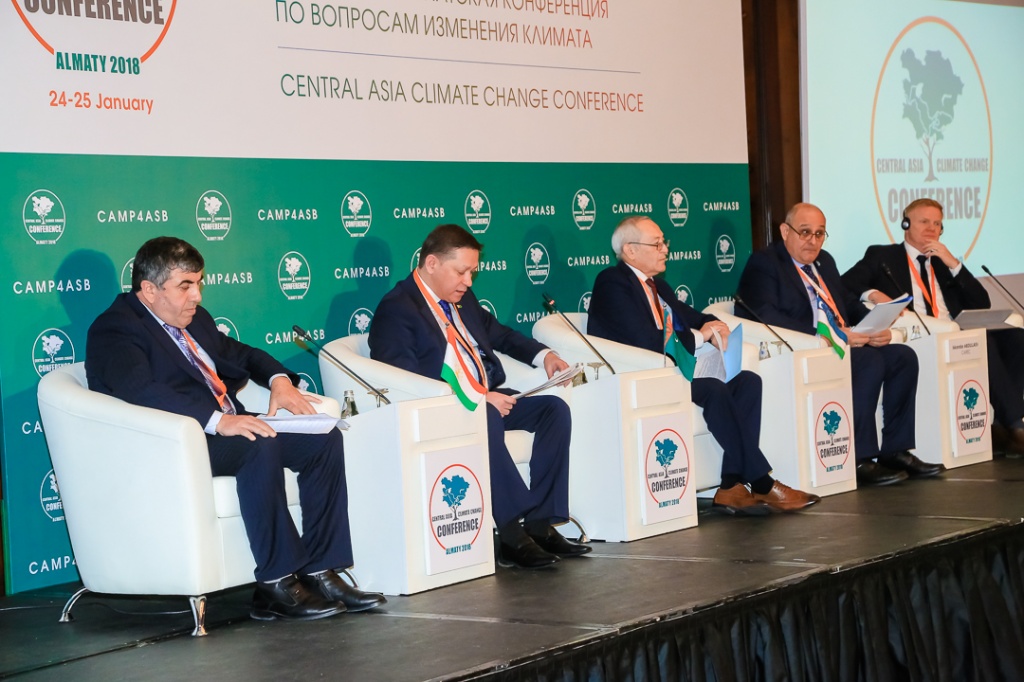
As the CAREC Executive Director noted "for the time being the Centre is implementing projects worth over 30 million US dollars and a significant part of these funds will be spent on creating the ecosystems and communities’ flexibility and sustainability to climate change." In addition, the regional action plan for environmental protection development which is being considered as a tool for attracting investments in environmental protection and climate change mitigation was also discussed at one of the sessions.
To be continued. Follow the updates on the site.
[1] http://livingasia.online/2017/12/20/klimaticheskoe_finansirovanie/
[3] http://renewnews.ru/re100/
[4] http://greenevolution.ru/2017/07/13/k-ekologicheskoj-iniciative-re100-prisoedinilis-100-krupnejshix-...
[5] http://livingasia.online/2017/12/20/klimaticheskoe_finansirovanie/